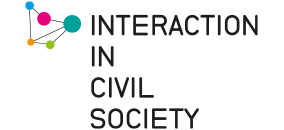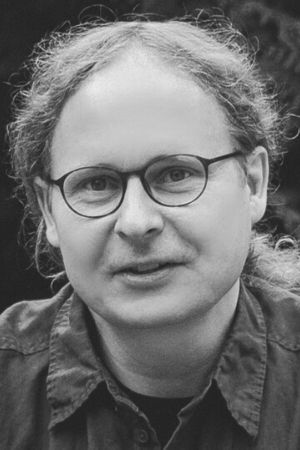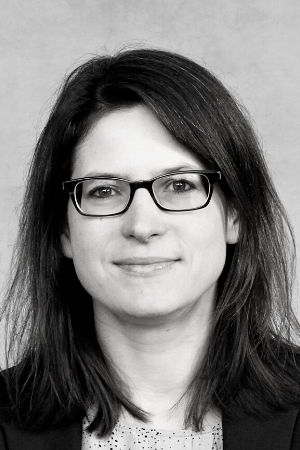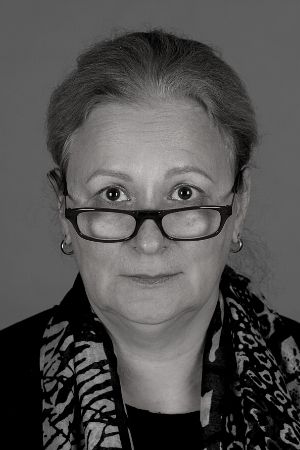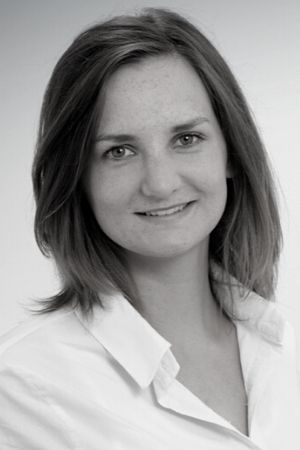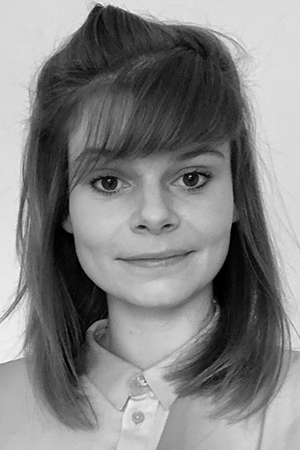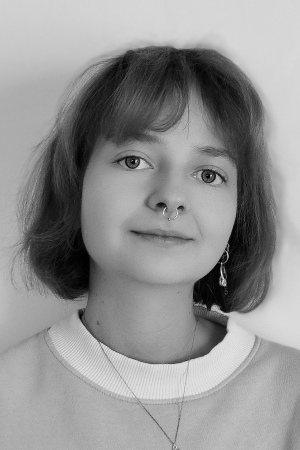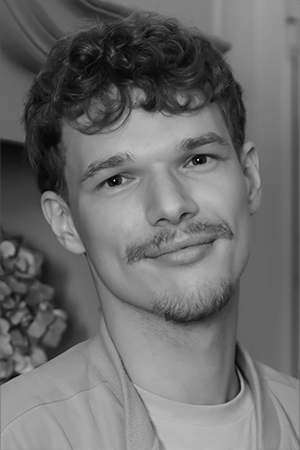Encounters Of Cohesion
The research unit Encounters of Cohesion seeks to understand how civil society initiatives promote or disrupt cohesion at the level of individuals and their situated encounters and social interactions. Although a collective property, cohesion is firmly rooted in these micro-social relations, in dyads (couples, friends, acquaintances, etc.) as well as in small-groups, like families, work teams, or close-knit on- and offline communities.
